Western and central Bhutan tour (10 Days and 9 Nights)
Duration
Tour Type
Overview
The 10-day Western and Central Bhutan tour begins with a scenic drive from Paro to Thimphu, followed by visits to iconic landmarks such as Memorial Chorten, Punakha Dzong, and Bumthang's sacred temples. Adventure activities include river rafting, archery, and a hike to the famous Tiger's Nest Monastery. Cultural experiences involve witnessing traditional festivals, exploring rural farmhouses, and engaging with Bhutanese village life. The tour covers major regions including Phobjikha Valley, Punakha, and Paro, blending natural beauty, spiritual heritage, and local traditions for an immersive Bhutanese experience.
Tour Plan
Day 01- Paro toThimphu:Altitude-2300m/65km/1 hour drive:
During the journey by Druk Air ( Bhutan’s National Airline), one will experience spectacular view of Mt. Everest (of Nepal) and other famous Himalayan peaks, including the revered Mt. Jumolhari and Mt. Jichu Drake of Bhutan. On arrival at Paro International Airport, you will be received by representatives of Indostan viajes Tours. Drive to Thimph.The distance of about 65kms from Paro airport takes more than 1 hour. Drive south following Pachu River to the river confluence at Chuzom, which is also the hub of road network going to Paro, Ha, Thimphu and Phuntsholing. From Chuzom, the drive takes about less than 1 hour, staying close to the Wangchu River in the valley floor, as you pass through villages and suburbs to the capital, Thimphu. En-route, you can stop to view Tachogang temple.
Thimphu (2,300m): was a wooded farming valley until 1961, when it became Bhutan's official national capital. The massive Tashicho Dzong, about 700 years old, was carefully revamped in the 1960s by the late King Jigme Dorji Wangchuk to house the royal and main government offices. Even today, it still only has a few streets and no traffic lights with estimated population of 150,000 people. On arrival check in hotel and takes a short rest.Later, after lunch visit:Memorial Chorten: This landmark of Thimphu was built in 1974 in the memory of third King, Jigme Dorji Wangchuk, who is popularly regarded as Father of Modern Bhutan. It is a four-storey tall white building, containing statues and iconography of deities from complex tantric teachings and serves as an important place of worship for Thimphu residents, as well as from other parts of the country.Visit Buddha point to take beautiful shot of Buddha and the valley. The big statue of sitting Buddha is located on the hill of Thimphu valley. The statue is made of bronze and the high of the statue is 169ft (51.5m). Takin preservation centre: Visit takin preservation centre to see the National animal of Bhutan Before you return back to hotel.Before you return to hotel. Make a short walk in Thimphu city. Over night in Hotel.BDL.
Day 02- Thimphu to Thimphu:
After breakfast drive north through the suburbs for about 40min to Dodena and walk up to Cheri Gompa Monastery (2850m) Cheri Gompa was first built in 1620 by shabdrung and it was here that the central monastic body (Dratsang) was first established. Many of the important priests of Drukpa Kagyul lineage passed periods here, and so it is an important pilgrim site for Bhutanese. During the weekends, many Bhutanese are seen climbing up the hill from Dodena (2,600m), where the road ends. Cross a wooden cantilever bridge and climb up the hill with moss-laden pine, fir and rhododendron trees, that takes little over 1 hour. Return to the road. Picnic lunch will be serving. After lunch drive back to Thimphu city go to hotel relax for some time.In the evening visit Thimphu Tashi chhe Dzong.Thimphu Dzong is very important. This Dzong is summer resident for 100 monks and in winter 1000 monks go to Punakha valley for winter resident. This tradition is practice from long time ago. Inside the Dzong there is very important temple where king of Bhutan crown.4th and 5th king was crown in Thimphu Dzong.1st and 2nd king was crown in punakha Dzong and 3rd king was crown in Paro Dzong.Overnight in hotel.
Day-03-11/06/2016- Thimphu to Punakh-Altitude 1300m/77km/2hrs drive:
After Drive from Thimphu to Punakha: The drive from Thimphu (75Kms) takes about 3 hours. The road climbs from Thimphu to Dochula Pass (3050m) and descends through ever changing forests into semi-tropical valley of Punakha at around 1250m
En-route stops at dochula Pass (3050m) where you can view the eastern Himalayas, including Bhutan’s highest mountain, Gangkhar Punsum (7550m).
Visit Chime Lhakhang: The monastery and fertility temple dedicated to Lama Drukpa Kuenley, a Tibetan Buddhist saint known popularly as “the divine madman” and considered a folk hero in Bhutan for his unconventional ways. Drukpa Kuenley originally built a chorten on the site in the 14th century, on which a temple was later built in 15th century. The temple, flanked by nearly 100 tall prayer flags, sits atop a picturesque hill. It has long been a pilgrimage site for childless couples. This easy walk takes about ½ hour each way. After Lunch (Agriculture activity) visit farm house to see the life style and how they live in village. Try to find out how village life and city life. Experience yourself working with farmers. Village life is very hard than city life. Overnight in hotel.
Day 04- Punakha to Trongsa-Altitude 2300m/139km/3-4hrs drive:
After breakfast drive to punakha drive further north of Punakha valley do river rafting.After river rafting visit punakha Dzong or Pungthang Dechen Phodrang "Palace of Great Happiness” is located on the confluence of two rivers, the Pho and Mochu. It was built in 1637 by Shubdrung Nawang Namgyal and following the ancient traditions, it serves as winter residence for chief abbot (Je-khenpo) and the monks of Central Monastic Body, who return to Thimphu in the summer. Punakha and Wangdue, although two separate districts, are located in one valley (20km or ½ hr drive apart).After lunch drive to Trongsa Stop on the pass to take beautiful pictures. Continued drive down the valley, on the way stop to visit chendbji chorten (stupa)..In the evening visit Trongsa Dzong.The Dzong was built by Chhogyel Mingur Tenpa in 1644, administrator sent by the Zhabdrung Nawang Namgyel to unify eastern Bhutan. The Dzong seems to be a good watch tower to safeguard the eastern Bhutan.Overnight in hotel.
Day-5- Trongsa to Bumthang-Altitude 2700m/68km/2-2 ½ hrs drive:
After breakfast drive to Bumthang stop on the pass (Yotong La pass) (3400m) and descend into Chhume valley, the first of the four valleys in Bumthang District. Visit the Yathra (wool textile with deep vegetable dyes) weavers at the village of Zungney.Visit important temples Jamba Lhakhang: Jamba lhakhang (temple) is one of the oldest temples in Bumthang valley date back to 7th century. This temple is one out of 108 temples, built buy the Tibetan king Songtsen Gembo.He was responsible to built 108 temples in one day to subdue the demonds.In central figure we can see the statue of Jampa (Future) Buddha.
Kurjey Lhakhang: visit to Kurje Lhakhang (where the saint Padmasambhava subdued a local demon and left his body imprint on a rock. This temple is very holey in Bhutan.After lunch adventure activities like playing Archary and darts.Archary is the national game of Bhutan.When there is special events man play archery and women entertain,dance and cheerup the game.The distance between two target will be 140 m and darts is the second game played by the man and women.In the evening walk around the city. Overnight in Hotel.
Day-06-14/06/2016- Bumthang to Bumthang:
After breakfast drive to the festival ground to Witness the Tshechu (festival).Tshechu is the biggest festivals for the Bhutanese people.We do celebrate Tshechu to honour the Great Indian teacher (Guru Rinpochhe), who introduced the Buddhism in Bhutan in eight century.There will be different kind of mask dances performed by the lay people and the monks. We believe if we witness the festival, we gain merit for long life, good health and good luck. Overnight in hotel.
Day-07- Bumthang to Phobjikha-Altitude 2700m/188km/4-5hrs drive:
After breakfast drive to Phobjikha valey(One of the beautiful valley in Bhutan) Phobjikha is part of conservation area with in Black Mountain National Park. It is the winter home of migratory Black Necked Crane. Gangtey is the name of the Monastery that sits on top of a conical hill in the middle of the valley. It is also one of the oldest and largest monasteries in western parts of Bhutan.Make a short Nature walk trail: This nature walk trail is beautiful walk to the valley. On the ways make a visit to farm house, to see the people living in rural village..In the evening visit farm house to try how to cook food. Most of the people living in city don’t know how to cook food. Let’s experience how to cook food and try local food. Overnight in hotel/Farm house.BDL
Day-08- Phobjikha to Paro-Altitude 2200m/155km/5-6hrs drive:
After breakfast drive to Paro-Paro is one of the most beautiful valleys in the country with Bhutan’s only airport located here, among the terraced fields, and elegant farm houses. Willow trees line many of the roads, contrasting with bright colors of the fields and the most popular and important sites also found within Paro district. Paro town (2,280m) is still a small with one main street and less than one hundred small family-run shops.
Rinpung Dzong: meaning "fortress of the heap of jewels". Built in mid 17th century, it now serves as the administrative and judicial seat of Paro district and residence for the 200 monks of Paro. It is also the venue for Paro festival held in the spring. Several years ago, the colorful movie Little Buddha was filmed here.
Kyichu Lhakhang: Tibetan King Songtsen Gompo in the 7th century miraculously built 108 temples, along with Jorkhang in Lhasa. Kyichu is considered to be one of them and is one of the oldest temples in Bhutan.After finishing sightseeing those who are interested do biking around the valley.Overnight in Paro.BDL
Day 09- Paro to Paro: Hike to Tiger’s Nest Monastery also known as Taktsang:
Then visit typical Bhutanese Farm House to take hot stone bath.
Hike to Taktsang: Drive to famed Taktsang (Tiger’s lair) monastery. Taktsang monastery is located on the face of a 1,000m seemingly impossible sheer, vertical cliff, above Paro valley.
The trail begins near the Satsam (2650m) and climbs steeply uphill to the Cafeteria (2,940m), an area of exposed ridge with panoramic view of Takstang. This takes little more than an hour. (Ponies are provided on request to ride up till this Cafeteria, but rest of way, including return downhill must be on foot.) You can get a good view from the Cafeteria or hike further uphill for another hour or so to the temple itself. There are several other temples and sites within the vicinity. Lunch is served at the tea house. The return trek to the road head is quite steep downhill, where you will be met by the transport.
Farm House or Village Home: Bhutanese farmhouses are colorful, decorative and traditionally built without any nails. Majority of the houses are with three story, first floor is utilized for sheltering cattle, second floor for the family to live in and the top for storing and drying of foods and fodder for animal. Almost all the farmhouses follow the same architectural pattern. A visit to farmhouse is interesting and provides you with an experience to the daily life of average Bhutanese. Take a hot stone bath. Overnight Paro.BDL
Day 10: Departure:
After breakfast, transfer to the airport in time for your departure
Tour Map
Included/Excluded
- 3*hotel twin sharing
- 3 meals(Breakfast, Lunch and dinner)
- English speaking guide
- SDF
- Visa fees
- Transportation with driver
- Entrance fees
- International flight tickets
- Travel insurance
- Personal expenses
- Payment transfer fees
- Tips to service provider
- and any other cost which is not included in given cost
- Additional cost for 4* hotel and above
Frequently asked questions
Bhutan is a year-round destination. There are four seasons: summer (June to August), autumn (September to November), winter (December to February) and spring (March to May). But because of the range of altitudes in the country, and the influence of the north Indian monsoons, the climate is incredibly varied.
In the south, the humid, subtropical climate is fairly consistent year-round, with temperatures between 15oC and 30oC. Central Bhutan, with its temperate forests, has a more seasonal climate, with warm summers and cool, dry winters. The northern regions are much colder during winter. Because of the high altitude, mountain peaks are snowy year-round and the lower reaches remain cool in summer.
In summer, the Indian monsoon season runs from late June or July to late September, mostly affecting the southern regions. Most farming activities take place in the summer, when crops thrive in verdant landscapes.
Autumn, from late September or early October to late November, follows the rainy season. It is characterised by bright, sunny days and some early snowfall at higher elevations. It’s the season of feasts and festivals as farmers reap the fruits of their work.
From late November until March, the crisp, clear and sunny winter sets in, with frost throughout much of the country and snowfall common above elevations of 3,000 metres. The winter northeast monsoon brings gale-force winds at the highest altitudes through high mountain passes, giving Bhutan the name Drukyul, which means Land of the Thunder Dragon in Dzongkha (Bhutan’s national language).
Bhutan’s generally dry spring starts in early March and lasts until mid-April. It is a botanist’s delight, with nature in full bloom. Summer weather commences in mid-April with occasional showers and continues to late June.
Visitors of all nationalities, except those from India, require a visa before entering Bhutan. For all visitors, except those from Bangladesh and the Maldives, this visa must be applied for and approved in advance of travel. Visitors from Bangladesh and the Maldives also require a visa, but this can be applied for and approved either in advance of travel or upon arrival in Bhutan.
Visitors from India are able to apply for a permit but are required to hold an Indian passport or an Indian voter ID card. For Indian nationals under the age of 18, a passport or a birth certificate can be used to enter and they must be accompanied by a legal guardian.
Nationals from Switzerland and Thailand holding diplomatic or government-official passports are eligible for a visa at their port of entry.
A correctly input visa application can take up to five days to process.
The Sustainable Development Fee (SDF) is a daily levy paid by visitors to support Bhutan’s development. Since the kingdom first opened its doors in 1974, guests have played a critical role in our country’s growth.
The SDF is collected by the national exchequer and funds are allocated to various projects that create long-term, sustainable opportunities for the Bhutanese people, through free healthcare, education and training, upskilling the tourism and hospitality industry, improved infrastructure, environmental preservation and conservation, cultural preservation programmes and initiatives that support local businesses and economies. The SDF is also a vital means of maintaining the exceptional forest cover and carbon-neutrality for which our small nation is world-renowned and globally critical. The SDF also helps us to ensure that we can continue to offer guests tranquillity and an intimate experience.
The SDF is USD 100 per night for adults from all countries except for India. Children aged between 6 years and who have not yet turned 12 are eligible to pay USD 50 per night. Children who have not yet turned 6 years old do not have to pay any SDF.
The SDF for Indian nationals (showing a valid Indian passport or Voter ID card) is Nu. 1,200 (or the equivalent amount in Indian rupees) per person, per night. Children aged between 6 years and who have not yet turned 12 are eligible to pay Nu./INR 600 per night. Children who have not yet turned 6 years old do not have to pay any SDF.
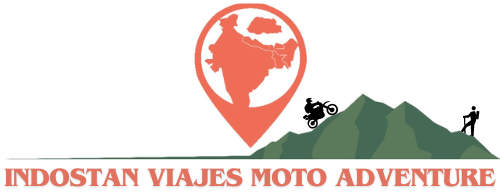

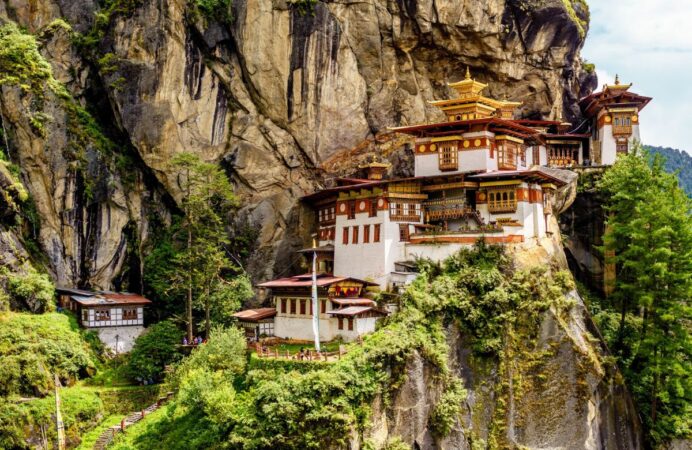

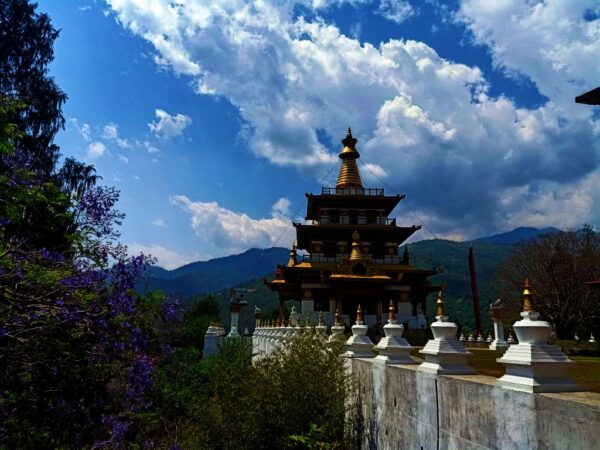

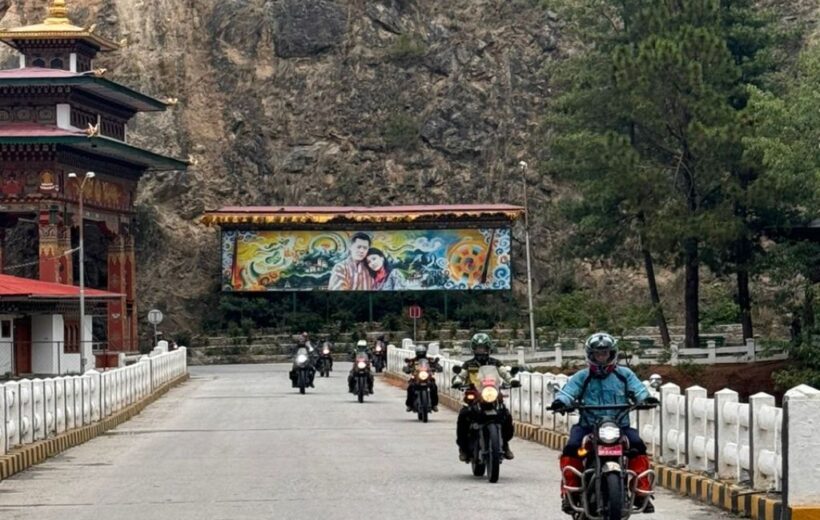
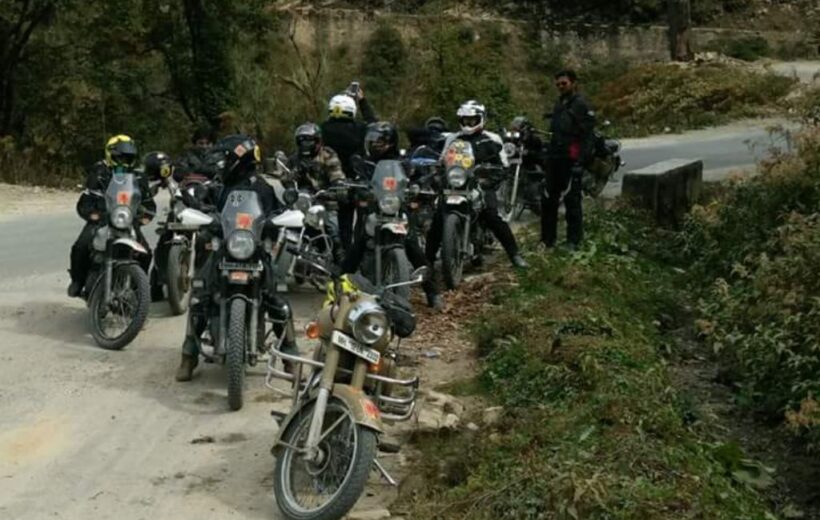
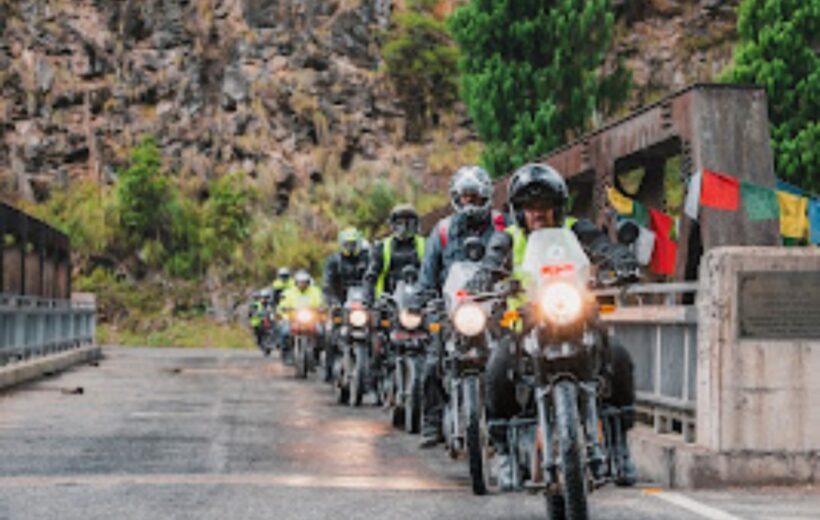
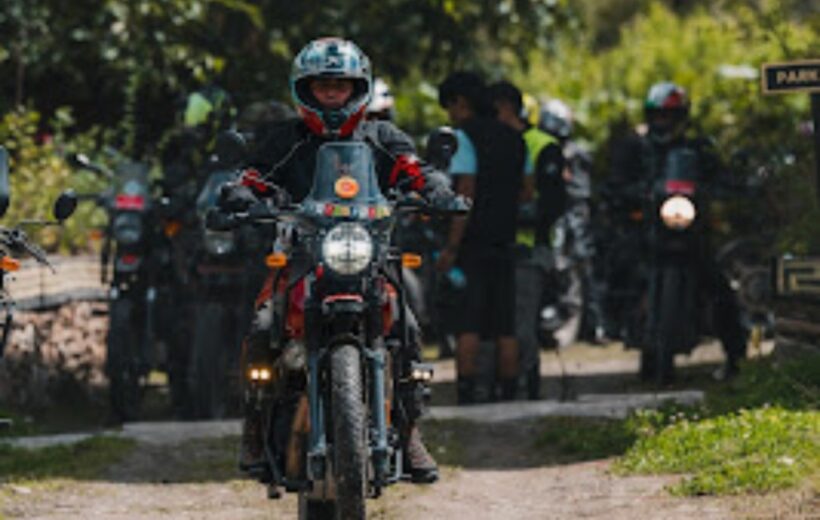


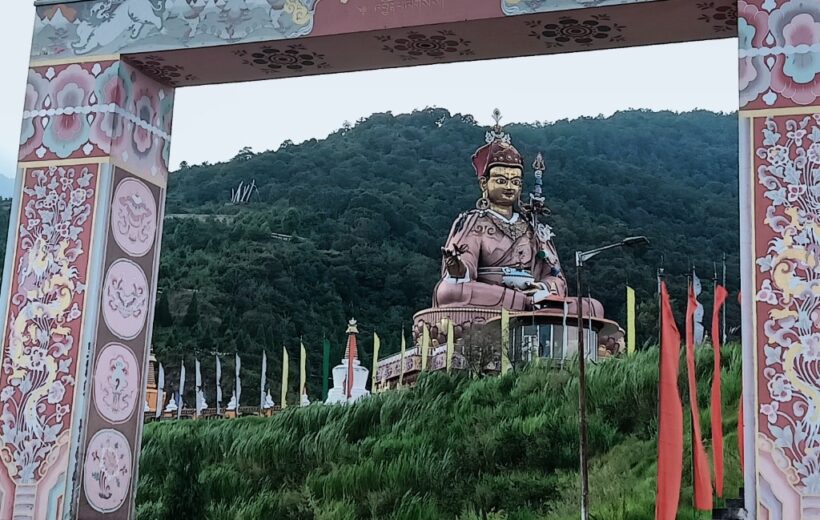

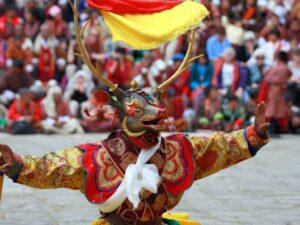
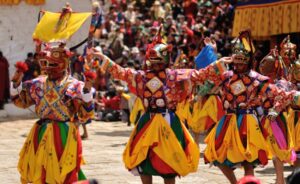

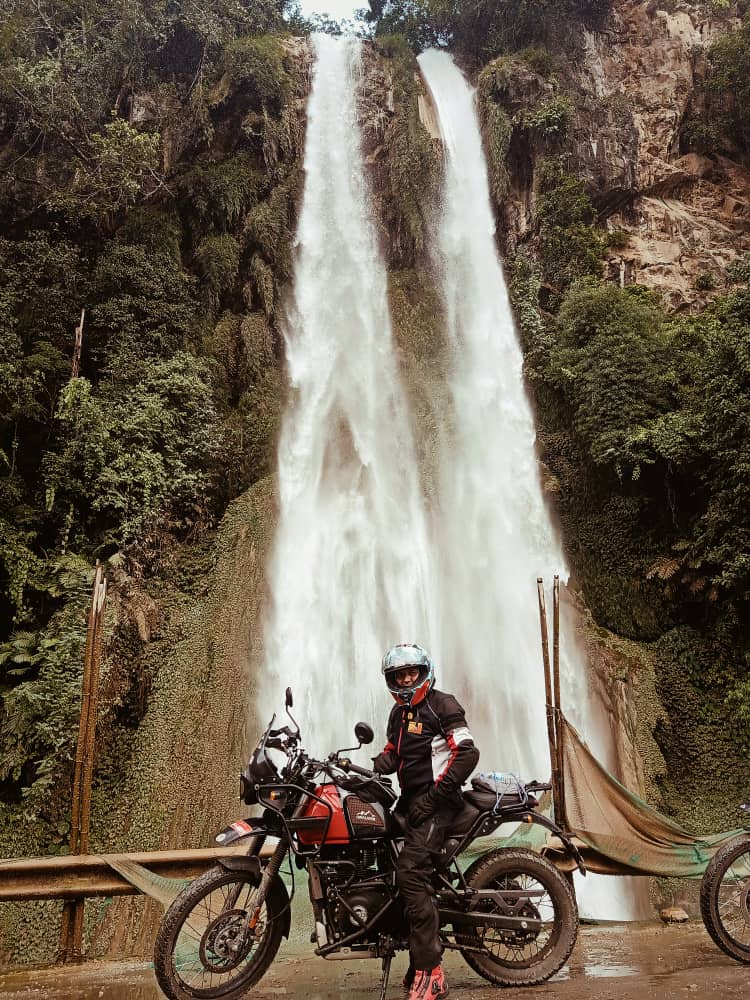
1 Comment
I had a great time in Bhutan! I really recommend a visit to this country if you want to have a great and different experience. I exclusively recommend Indostan Viajes Tours that provided me with this satisfying opportunity. The tour guide was brilliant and I was exposed to the original Bhutan.
Regards,
Comments are closed.